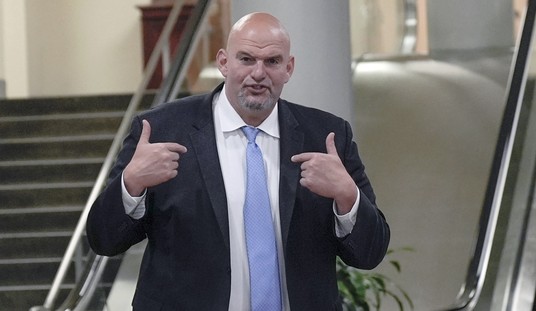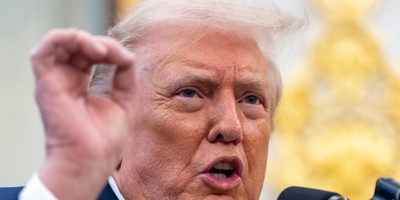WASHINGTON -- To dissect today's health care debate, the crux of which concerns a "public option," use the mind's equivalent of a surgeon's scalpel, Occam's razor, a principle of intellectual parsimony: In solving a puzzle, start with the simplest explanatory theory.

The puzzle is: Why does the president, who says that were America "starting from scratch" he would favor a "single-payer" -- government-run -- system, insist that health care reform include a government insurance plan that competes with private insurers? The simplest answer is that such a plan will lead to a single-payer system.
Conservatives say that a government program will have the intended consequence of crowding private insurers out of the market, encouraging employers to stop providing coverage and luring employees from private insurance to the cheaper government option.
The Lewin Group estimates that 70 percent of the 172 million persons privately covered might be drawn, or pushed, to the government plan. A significant portion of the children who have enrolled in the State Children's Health Insurance Program since eligibility requirements were relaxed in February had private insurance.
Assurances that the government plan would play by the rules that private insurers play by are implausible. Government is incapable of behaving like market-disciplined private insurers. Competition from the public option must be unfair because government does not need to make a profit and has enormous pricing and negotiating powers. Besides, unless the point of a government plan is to be cheaper, it is pointless: If the public option conforms to the imperatives that regulations and competition impose on private insurers, there is no reason for it.
Recommended
The president characteristically denies that he is doing what he is doing -- putting the nation on a path to an outcome he considers desirable -- just as he denies any intention of running General Motors. Nevertheless, the unifying constant of his domestic policies -- their connecting thread -- is that they advance the Democrats' dependency agenda. The party of government aims to make Americans more equal by making them equally dependent on government for more and more things.
Arguments for the public option are too feeble to seem ingenuous. The president says competition from a government plan is necessary to keep private insurers "honest." Presumably, being "honest" means not colluding to set prices, and evidently he thinks that, absent competition from government, there will not be a competitive market for insurance. This ignores two facts:
There are 1,300 competing providers of health insurance. And Roll Call's Morton Kondracke notes that the 2003 Medicare prescription drug entitlement, relying on competition among private insurers, enjoys 87 percent approval partly because competition has made premiums less expensive than had been projected. The program's estimated cost from 2007 to 2016 has been reduced 43 percent.
Some advocates of a public option say health coverage is so complex that consumers will be befuddled by choices. But consumers of many complicated products, from auto insurance to computers, have navigated the competition among providers, who have increased quality while lowering prices.
Although 70 percent of insured Americans rate their health care arrangements good or excellent, radical reform of health care is supposedly necessary because there are 45.7 million uninsured. That number is, however, a "snapshot" of a nation in which more than 20 million working Americans change jobs every year. Many of them are briefly uninsured between jobs. If all the uninsured were assembled for a group photograph, and six months later the then-uninsured were assembled for another photograph, about half the people in the photos would be different.
Almost 39 percent of the uninsured are in five states -- Florida, Texas, New Mexico, Arizona and California, all of which are entry points for immigrants. About 21 percent -- 9.7 million -- of the uninsured are not citizens. Up to 14 million are eligible for existing government programs -- Medicare, Medicaid, SCHIP, veterans' benefits, etc. -- but have not enrolled. And 9.1 million have household incomes of at least $75,000 and could purchase insurance. Those last two cohorts are more than half of the 45.7 million.
Insuring the perhaps 20 million persons who are protractedly uninsured because they cannot afford insurance is conceptually simple: Give them money -- (refundable) tax credits or debit cards (which have replaced food stamps) loaded with a particular value. This would produce people who are more empowered than dependent. Unfortunately, advocates of a government option consider that a defect. Which is why the simple idea of the dependency agenda cuts like a razor through the complexities of this debate.

























Join the conversation as a VIP Member